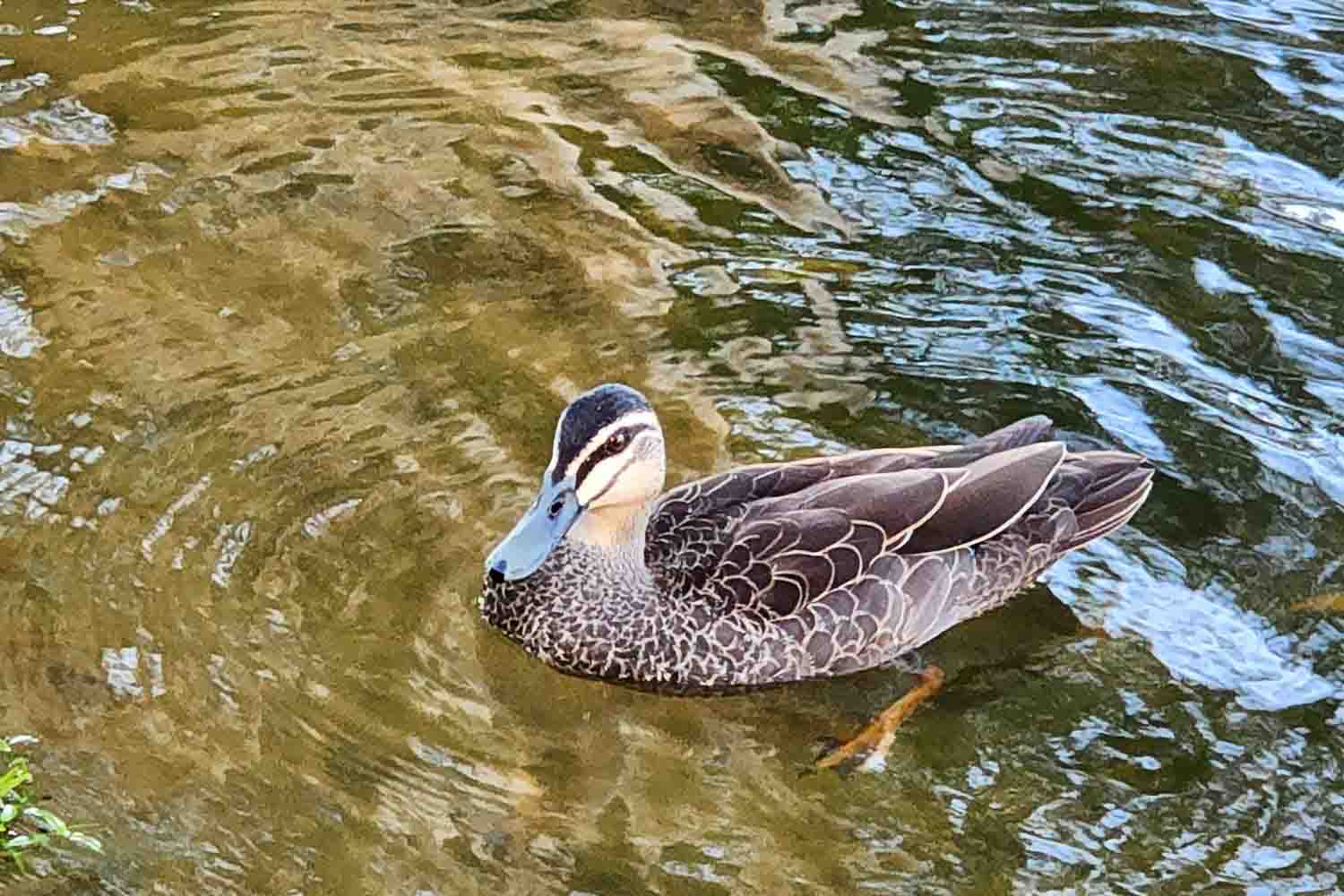Great to hear you want to care for our Native Birds, we always need more carers
Australian Native Bird Care
Australian native bird care
Australia has 828 species of native birds with many unique to Australia
Information for potential carers & rescuers
NQ Wildlife offers Bird care as a training course to enable carers to look after birds at home
$10 for NQ Wildlife members
To register and for more details, please check out our training page
Native Bird Rescue
Please handle birds with care and do not use force around their bodies when picking them up. You can gently place a towel over the bird and gently scoop them up and put them in a cardboard box with holes punched in the box for ventilation.
Baby birds will need to be kept warm
24 hr rescue line 0414 717 374
Caring for our native birds is a great way to introduce you to wildlife care. All our animals deserve a happy life. Birds come into care for many reasons most are due to animal attacks, fishing line entanglement, flying into glass windows, babies being separated from their mothers’ or there is an underlying sickness
Not all birds you see on the ground are in need of rescue
Baby birds often fall from the nest learning to fly, their parents are normally somewhere close watching them get their wings, please let them be and don’t disturb them
If you find a bird that looks in distress please contact us on our rescue hotline
0414 717 374
Australian Native Bird Care
Rescuing, rehabilitating, and releasing native birds in Australia is not just a conservation imperative but a profound connection between humans and wildlife. Beyond the ecological impact, the process unveils heartwarming stories of the bond formed between carers and the birds. Carers provide not only physical rehabilitation but also emotional support, witnessing the resilience and beauty of these creatures up close. The warmth and trust developed during rehabilitation result in unique, sometimes comical, relationships. The release of rehabilitated birds back into their natural habitat becomes a celebration of success, emphasizing the importance of human compassion in preserving the wild. These stories illuminate the interconnectedness of all life and inspire a collective commitment to safeguarding Australia’s native avian treasures.
Magpies
Dont Posion My Food
Tawny Frogmouth
I’m a pelican
I sometimes get entangled in fishing lines and need to come into care. I have a huge pouched bill that I use as a ‘scoop net’ for catching small fish and shrimps.
I’m a Bush Stone-curlew, I’m nocturnal, I like to like to feed at night. I communicate with other curlews in a high-pitched call
Interested in Australian Native Bird Care
Become a member today
Phone
Address
27A Aitken street Aitkenvale

